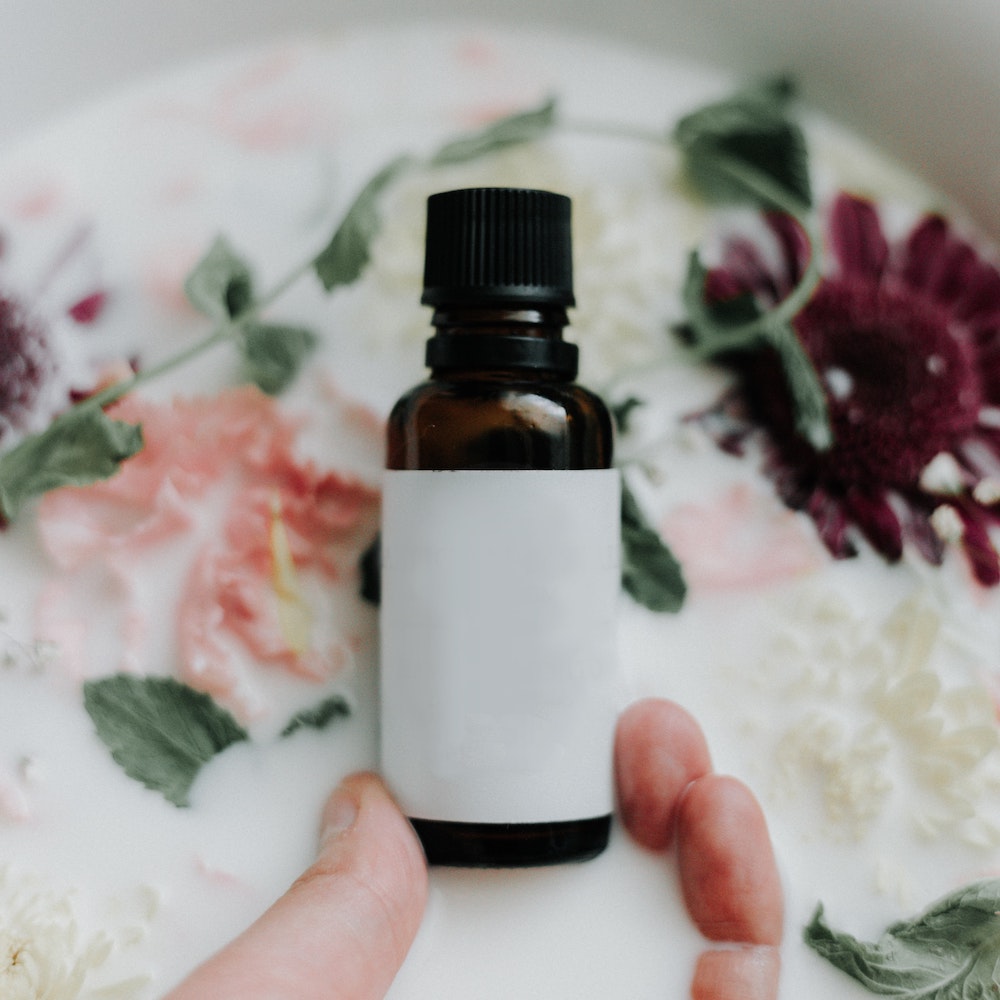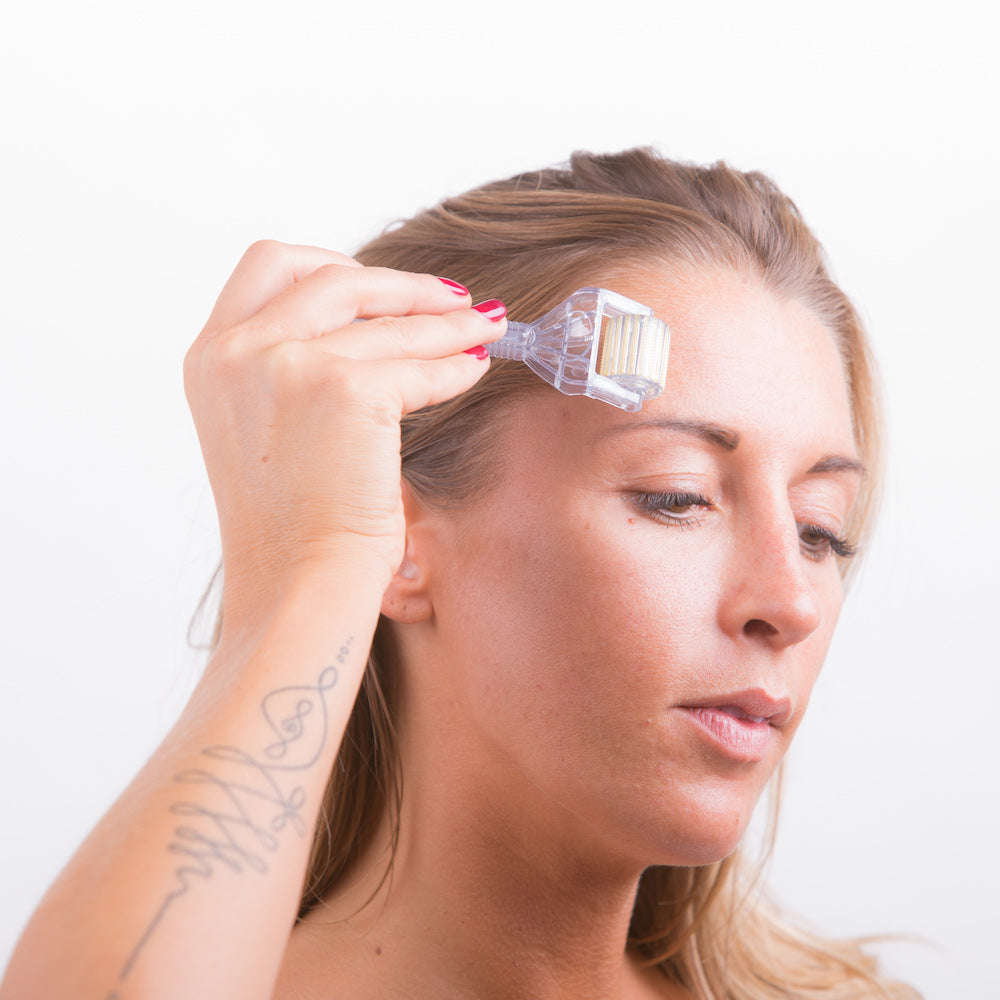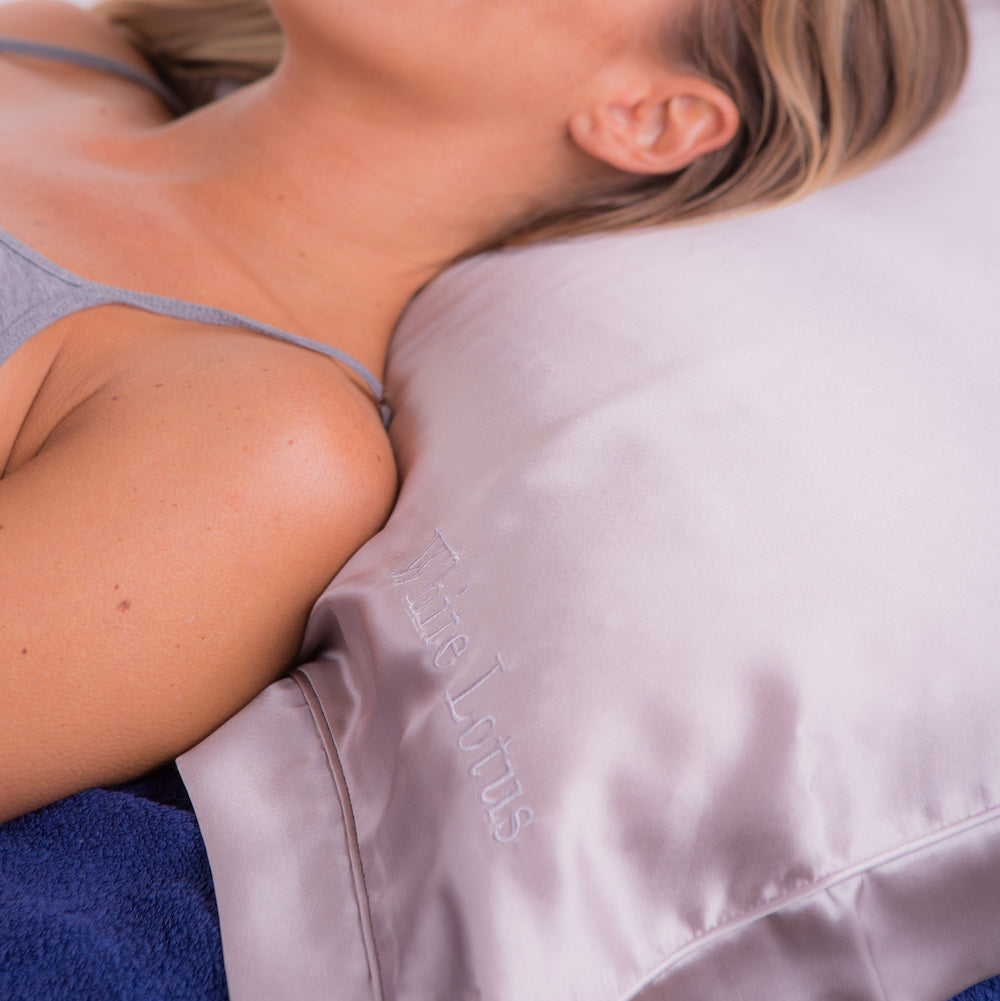
Can I use Oil After a Dermaroller? and which oil to use?
Can I use Oil After a Dermaroller? and which oil to use?
Yes as microneedling creates a lot of inflammation a soothing oil can be ideal. The type of oil used is very important. Many oils are too cloying and block the pores, risking rashes and infections. Light oils like camellia sinensis oil are the best facial oils immediately after derma rolling.
Oils unlike water based moisturisers cross the lipid barrier in the skin and so can deeply penetrate and nourish the skin cells. Oils have traditionally been under utilised in skincare products as they were seen as greasy and likely to cause blocked pores and acne.
This has changed in recent years as a wider variety of oils have become available on the market. The way the oils are being combined has also changed. Good quality organic carrier oils are being used to transport and increase the skin penetration of thicker more nourishing oils.
These changes have lead to a rise in the number of face oils available on the market. Oils are now also used to combat stretch marks and scars. Celebrity fans of face oils include global names like Kate Middleton and Miranda Kerr. This has vastly expanded the appeal of oils for skin care.
If the use of cosmetic oils is now well established then how do you select an oil to combine with microneedling?
Microneedling creates tiny punctures in the skin. A derma roller rolled across the skin 15 times will produce approximately 250 punctures per square cm. This allows microneedling to create a completely new layer of natural collagen and elastin.
Microneedling or collagen induction therapy has three main side effects.
- It increases inflammation, displayed as redness in the skin.
- It increases dryness in the skin as the moisture barrier of the skin is punctured and a small amount of the skin’s natural fluid escapes.
- It increases photo sensitivity (sun sensitivity) during the recovery period.
Any oil used must address these side effects.
The oil used must also not be too thick and cloying. Thick cloying oils naturally increase blocked pores and active acne outbreaks. Used after microneedling they can increase the likelihood of red papule like rashes breaking out on the skin. This is particularly important in areas where sweat can accumulate like the creases around the neck.
As well as fine lines and wrinkles microneedling is often used to address acne scars. In many people with acne scars, active acne can still be found in the area so oils that block the pores are particularly problematic.
Additionally microneedling increases the absorption of any products placed on the skin before and for at least 8 hours after the treatment. For this reason you must be very careful not to place anything toxic on the skin during this period.
This can even include some products that are safe to be used as part of a normal skincare routine. After microneedling the tiny punctures in the skin allow products to pass directly into the blood stream. This is why microneedling is often employed as an alternative to syringes for vaccinations.
Identifying which oils are safest can be difficult. Below we will go through a variety of oils and their benefits and side effects when derma rolling. If in doubt the golden rule is to use a light oil that won’t block the pores and is known to be non toxic.
Can I use rosehip oil after microneedling?
Rosehip oil is a good option after microneedling but not the best option available. Rosehip is fairly safe and non toxic even when taken orally. Despite its high vitamin C content though some people find it slightly cloying so it can potentially cause acne and blocked pores in younger skin.
Can I use coconut oil after dermarolling?
Coconut oil is too greasy to use after dermarolling. It is a very thick and well known to clog the pores. This makes it more likely it will cause rashes post treatment. It can be an effective cosmetic oil but it is better not to use it straight after microneedling.
When used an an anti aging oil it is best used on older skin or skin that is experiences dryness. Coconut oil actually contains high levels of linoleic acid which should benefit acne but due to its other cloying properties it is best avoided by anyone with acne prone skin.
[blogquiz]
Can I use olive oil after microneedling?
Olive oil is generally considered to thick and cloying to act as a cosmetic oil alone. It is sometimes used as a carrier oil for other less greasy oils. It is best avoided after microneedling as it can increase the risk of acne outbreaks after dermaroller treatments.
Can I use argan oil after microneedling?
Argan is a wonderful rejuvenating oil but is best avoided after microneedling treatments. It is a very thick oil which is best used on more mature skin. Its cloying nature can lead to blocked pores and rashes post microneedling.
Can I use jojoba oil after microneedling?
It is better to avoid jojoba oil after microneedling. The oil contains a chemical called erucic acid. It is considered potentially toxic when taken orally. As microneedling increases the absorption into the blood stream of any products placed onto the skin after treatment it is best avoided.
Can I use aloe vera after dermaroller?
The use of aloe vera after dermaroller treatments is debatable. Aloe vera gel dramatically reduces inflammation. This is good for reducing redness but a certain amount of inflammation is necessary for collagen creation following microneedling. To be safe it is best avoided for the first week after a treatment.
Can I use hyaluronic acid after microneedling?
Hyaluronic acid is best avoided immediately after microneedling. Hyaluronic acid occurs naturally in the skin but is synthetically produced for the cosmetic industry. It is better reserved as a stand alone treatment rather than combined directly with derma rolling.
Can I use green tea oil after microneedling?
Green tea oil is safe and effective to use after microneedling. Green tea or Camellia sinensis oil is a light oil that is safe for oral consumption and does not cause acne. It is a natural moisturiser and has mild photo protective properties that are beneficial directly after microneedling.
Green tea oil is produced from the seeds of the same plants that produce the black, white and green tea that we drink. In ancient writings from China it was listed as a wonderful cosmetic application that did not cause blemishes.
The oil is very high in linoleic acid which is a known preventative of acne. This is the most likely reason it does not cause blemishes unlike most other oils.
If using green tea oil after skin needling it is best to use an organic oil where possible. The green tea oil can also act as a carrier for other beneficial anti aging and adaptogenic herbs. These active ingredients can increase the cosmetic affects of the treatment.
The oil can be applied before or after skin needling. If applying the oil before hand, care must be taken to clean the dermaroller thoroughly afterwards. If applying the oil after treatment then gloves must be worn for good infection control in clinical situations.
If you are looking for a high quality green tea oil to use after micro needling please see the award winning White Lotus Organic Green tea oil with natural adaptogenic herbs. It is specifically designed for use with microneedling. It has been used safely and effectively with microneedling for over 15 years.
Learn more
Take a Quick Quiz to see which Microneedling products are right for you?
Buy the White Lotus organic green tea oil with adaptogenic herbs
Complete the certified Holistic Microneedling Training Online
Buy the White Lotus metal free hypoallergenic derma roller
Learn about other aspects of microneedling aftercare
Learn how to effectively clean your dermaroller
Who are White Lotus?





